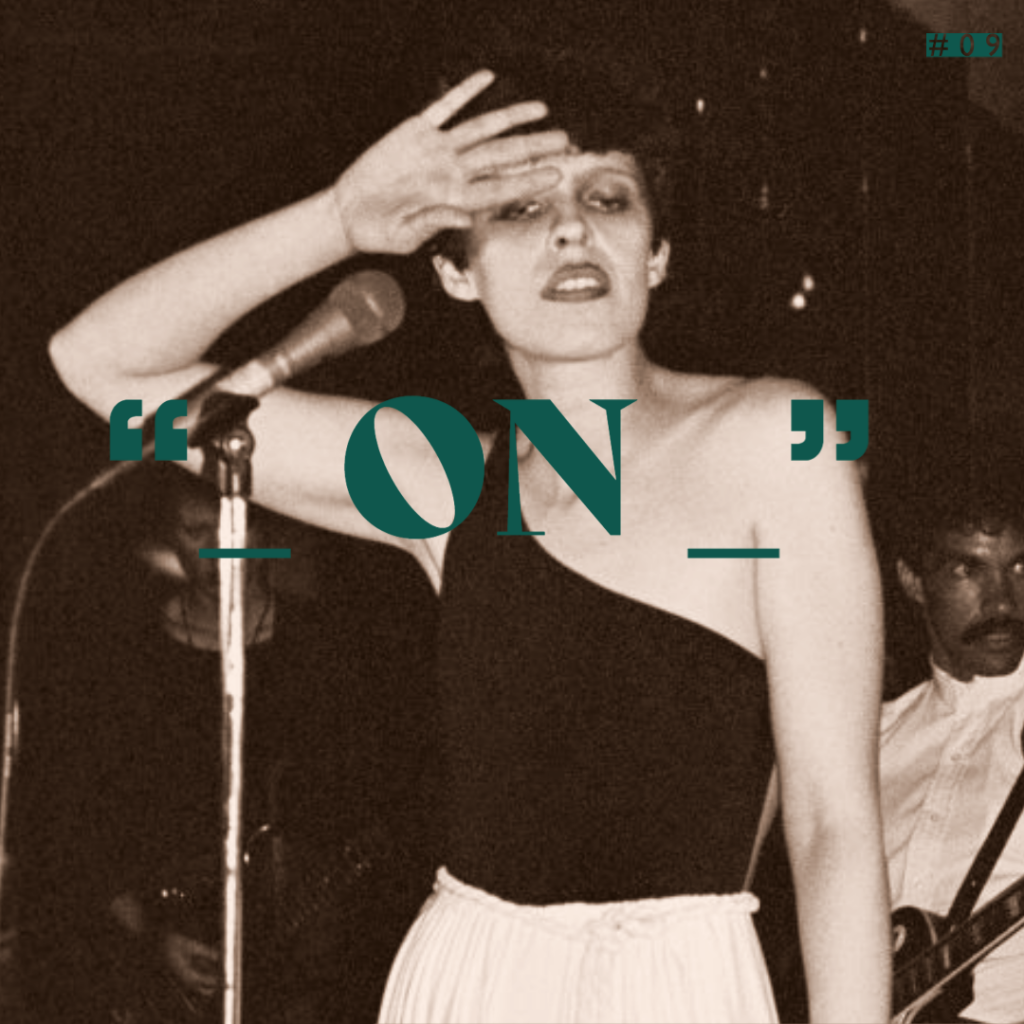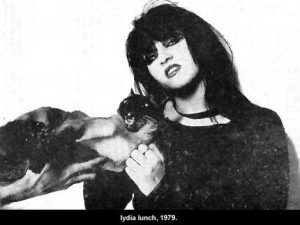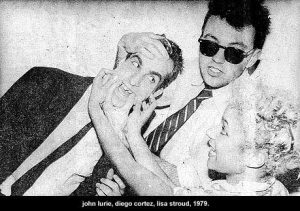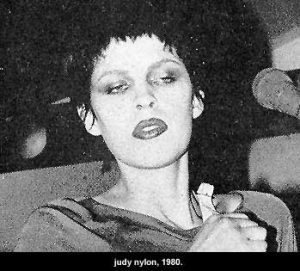In this series we’ll be hearing from a new person each month, talking on a specific topic of their choosing – something they love, a hobby, an interest, a thread they’ve been feeling lately, or a new discovery.

The No Wave music movement gained footing in the late 70’s early 80’s in the New York Underground. It was a raw explosion of noise and creation that was influenced by the afflicted bankruptcy of New York City itself. As crime was soaring and the city was seemingly falling apart it can be quoted that “The No Wavers took the Lower East Side’s emptiness, lawlessness, traumas, violence, and dread … and put it all on stage.” The genre reflected an abrasive resonance as many of the artists were deeply affected by this unbeknownst internal city struggle. Compositional elements include harsh atonal sounds, repetition, driving dissonant rhythms, and a tendency to emphasizes musical texture over melody with screeching guitars and blaring saxophones.
It explored styles far and between funk, jazz, blues, punk, and the avant-rock. The name “No Wave” of the genre itself was introduced as a pun based of the rejection of the commercial new wave and confronted punk rock’s recycling of rock and roll cliches. The term can also be coined to no wave icon Lydia Lunch of Teenage Jesus and the Jerks who, during an interview was asked if their music was new wave and she with a sneer responded “More like no wave.”. Within this genre many of the artists of the time didn’t even consider themselves in a movement. In an article I read it had mentioned that “Perhaps the instinct to avoid this type of branding, used successfully by New Wave and Punk movements, was an attempt to avoid the commercial appeal of the mainstream that No Wave artists found so unappealing.”. They just had the same mutual goal to deconstruct rock to its core and focus on the art of radical noise. It was artistic rather than profit driven movement that was ran by delinquents and thrived on debauchery and they wouldn’t have had it any other way.
Some of the pioneers of this surreal and mysterious music movement include James Chance and the Contortions, D.N.A, Teenage Jesus and the Jerks, The Lounge Lizards, Material, and Sonic Youth. Some personal favorites of mine from this genre include:
Orphans – Teenage Jesus and the Jerks,
Sham Shack – Ut,
3E – Mars,
Reduction – Material,
Out Again – Bush Tetras,
You Make No Sense – ESG.
and the album Soul Jazz’s New York Noise.
Although it was a short lived movement it’s resistant anti-anything other than itself attitude inspired youths for generations afterwords of listeners and bands alike. Some bands that have drawn influence from this movement and proceeded it include The B52s, Suburban Lawns, Delta 5, Lizzy Mercier Descloux , and Liquid Liquid. Additionally this movement also worked with installation and fluxus performance artists and local galleries of the same time such as Jean-Michel Basquiat and The ABC No Rio Gallery. In addition The Kitchen also became the humming base for this avant-garde scene and in my opinion shares many characteristics with our local Holland Project here in Reno, Nevada.
If you are interested in learning more about this movement I would recommend reading: Marc Masters’ No Wave, Thurston Moore and Moore and Byron Coley’s No Wave:Post-punk. Underground. New York 1976-1980. Additionally I would also recommend the killer documentaries “Kill Your Idols” and “Blank City” that focuses on three decades of New York art punk bands.




